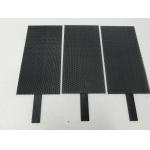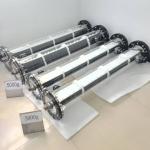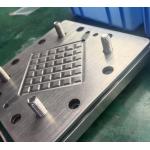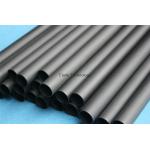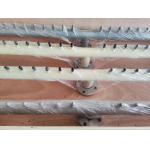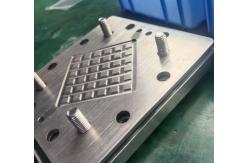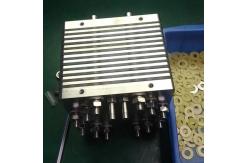As the global energy structure transitions toward low-carbon and
renewable sources, hydrogen energy is emerging as a critical
zero-emission energy carrier. Titanium-based bipolar plates and
mono plates are becoming key components for efficient and safe
hydrogen energy systems.
Titanium Bipolar Plates and Mono Plates: Core Components of
Hydrogen Systems
In hydrogen electrolysis, fuel cells, and hydrogen processing
equipment, bipolar and mono plates play multiple essential roles,
including current collection, gas distribution, heat management,
and sealing. Titanium, with its excellent corrosion resistance,
high strength, lightweight, and outstanding electrochemical
stability, has become the material of choice for high-performance
hydrogen equipment, particularly suitable for PEM (Proton Exchange
Membrane) and AEM (Anion Exchange Membrane) electrolyzers.
Technical Advantages
Outstanding Corrosion Resistance
Titanium forms a dense and stable oxide layer in strong acid,
alkali, and chlorine-containing environments, significantly
extending the service life of the plates and reducing maintenance
costs.
Low Contact Resistance
Advanced surface treatment processes, such as conductive coatings
or noble metal surface modifications, effectively reduce contact
resistance and improve overall system efficiency.
Integrated Design Capability
Mono plates are designed with integrated gas channels, cooling
channels, and sealing structures using precision machining,
enhancing system compactness and reliability.
Engineering Integration and Manufacturing Technology
Systems utilizing titanium bipolar and mono plates can achieve
high-efficiency electrolysis, low energy consumption, and long
service life. Key engineering capabilities include:
3D Modeling and Simulation Optimization
Using CAD/CAE tools to simulate gas flow channels, current density
distribution, stress, and thermal management, ensuring rational
design and stable performance of the plates.
Multi-material and Composite Technology Integration
Offering multiple technical routes, including titanium alloys,
composite coatings, and noble metal surface modifications, to meet
various performance requirements of hydrogen systems.
Modular System Design
Supporting modular integration for large-scale hydrogen systems,
reducing overall system complexity.
Future Outlook
The application of titanium bipolar and mono plates is driving the
hydrogen energy industry toward higher efficiency, longer service
life, and lower maintenance. This technology is expected to be
widely used in PEM electrolysis, AEM electrolysis, fuel cell
stacks, and hydrogen distribution systems, becoming a key enabling
technology for the advancement of the green hydrogen economy.
